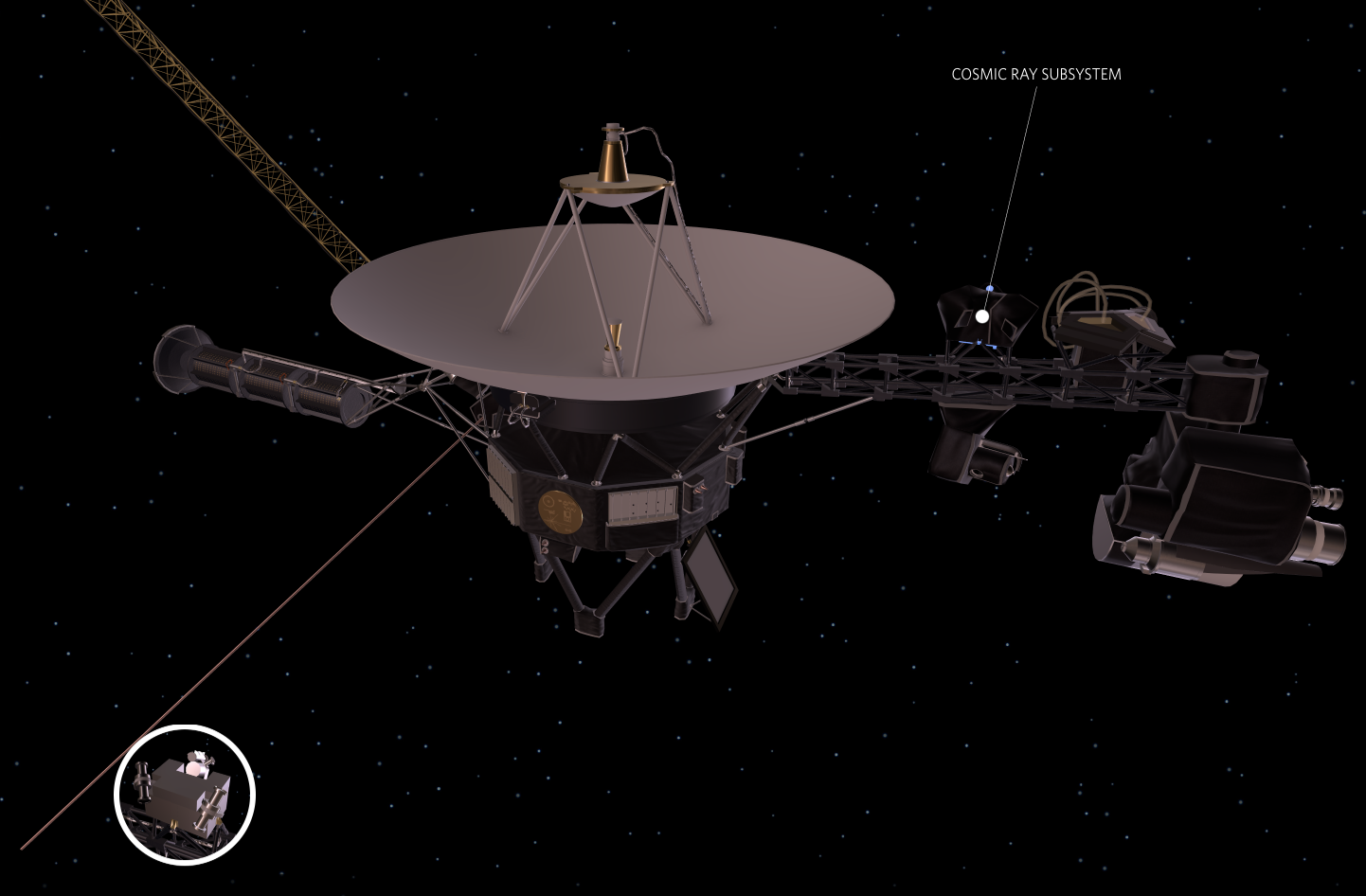
With all of the current and recent planetary missions throughout the Solar System, it may be easy to forget sometimes that there are still some older spacecraft that have been traveling for decades now. Two of these – Voyagers 1 and 2 – have even left the Solar System entirely, and now engineers need to figure out how to keep them active and functioning with much lower power levels and degrading thrusters.
“It’s incredible that Voyagers’ instruments have proved so hardy,” said Voyager Project Manager Suzanne Dodd, at NASA’s Jet Propulsion Laboratory in Pasadena, California. “We’re proud they’ve withstood the test of time. The long lifetimes of the spacecraft mean we’re dealing with scenarios we never thought we’d encounter. We will continue to explore every option we have in order to keep the Voyagers doing the best science possible.”
So how do you maintain these aging probes so they can continue to return science data, after nearly 42 years? Mission engineers have come up with a new plan.
This involves making some difficult choices.
There is only so much power available, especially after such a long time in deep space, and it becomes harder to maintain both the science instruments and the heaters. So engineers have had to choose what continues to receive power and what gets turned off now.
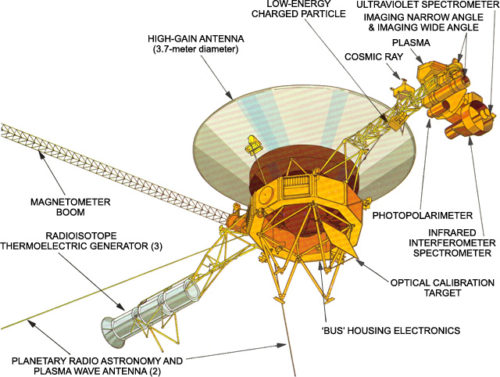
One option is to turn off heaters for instruments that can get by now without them.
On Voyager 2, the decision was made to turn off the heater for the cosmic ray subsystem (CRS) instrument, despite it still returning data even though temperatures had dropped to minus 74 degrees Fahrenheit (minus 59 degrees Celsius). That is lower than the temperatures at which the instrument was tested more than 42 years ago, down to minus 49 degrees Fahrenheit, or minus 45 degrees Celsius, a testament to just how well the CRS was built. This decision was based on the fact that the CRS can only take data in certain fixed directions, so a bit more limited in its use.
The CRS was valuable last November, proving that Voyager 2 had finally exited the Solar System’s heliosphere, the protective bubble created by a constant “wind” of ionized particles from the Sun. Voyager 2 is now considered to be in interstellar space.
Even with the CRS heater now turned off, Voyager 2 still has five functioning instruments: the CRS, two instruments to study plasma (a gas with ionized atoms) and a magnetometer (to measure magnetic fields).
Voyager 1 reached interstellar space back in August 2012, and is still collecting data with its own CRS. Other instruments are still functioning as well, including a plasma instrument, the magnetometer and the low-energy charged particle instrument.
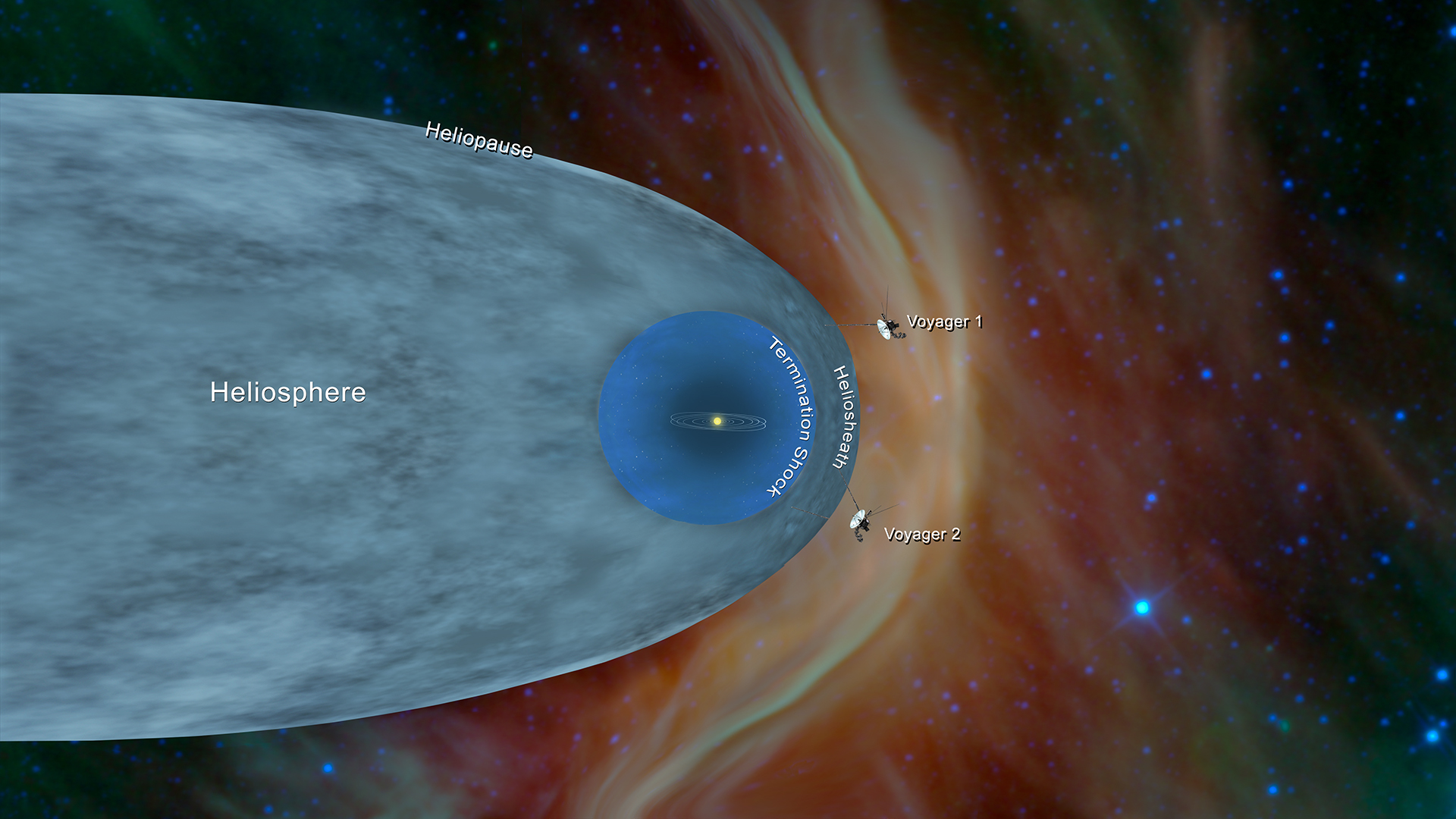
Both Voyager 1 and Voyager 2 are powered by three radioisotope thermoelectric generators (RTGs), which produce heat via the natural decay of plutonium-238 radioisotopes. The heat is then converted into electrical power. But they don’t last forever, and the heat energy produced gradually declines, with 4 less watts of electrical power per year. As of now, 40% less power is being generated than at launch 42 years ago. Because of this, additional heaters may need to be turned off over the next few years. That is not an easy decision to make, since temperatures on both spacecraft need to be carefully controlled to prevent freezing of working (and needed) instruments. If the fuel lines froze, that could affect the thrusters, and the spacecraft might not be able to keep its antenna oriented toward Earth.
Heat isn’t the only problem however.
The thrusters on both spacecraft have started to degrade. In 2017, engineers noticed that some thrusters on Voyager 1 needed to give off more “puffs” or tiny pulses in order to maintain orientation of the spacecraft and keep the antenna pointed at Earth. To fix this, engineers switched to another set of thrusters that hadn’t been used in 37 years. It’s a good thing those additional thrusters were there and still functioning.
With both spacecraft now nearly 42 years into their missions, since their launch in 1977, it is not surprising that more problems are showing themselves now as instruments and other hardware age. But the mission engineers have come up with clever ways to keep them going, hopefully for at least several more years. They are now literally in unchartered territory, sending back new data about the boundary between our Solar System and interstellar space.
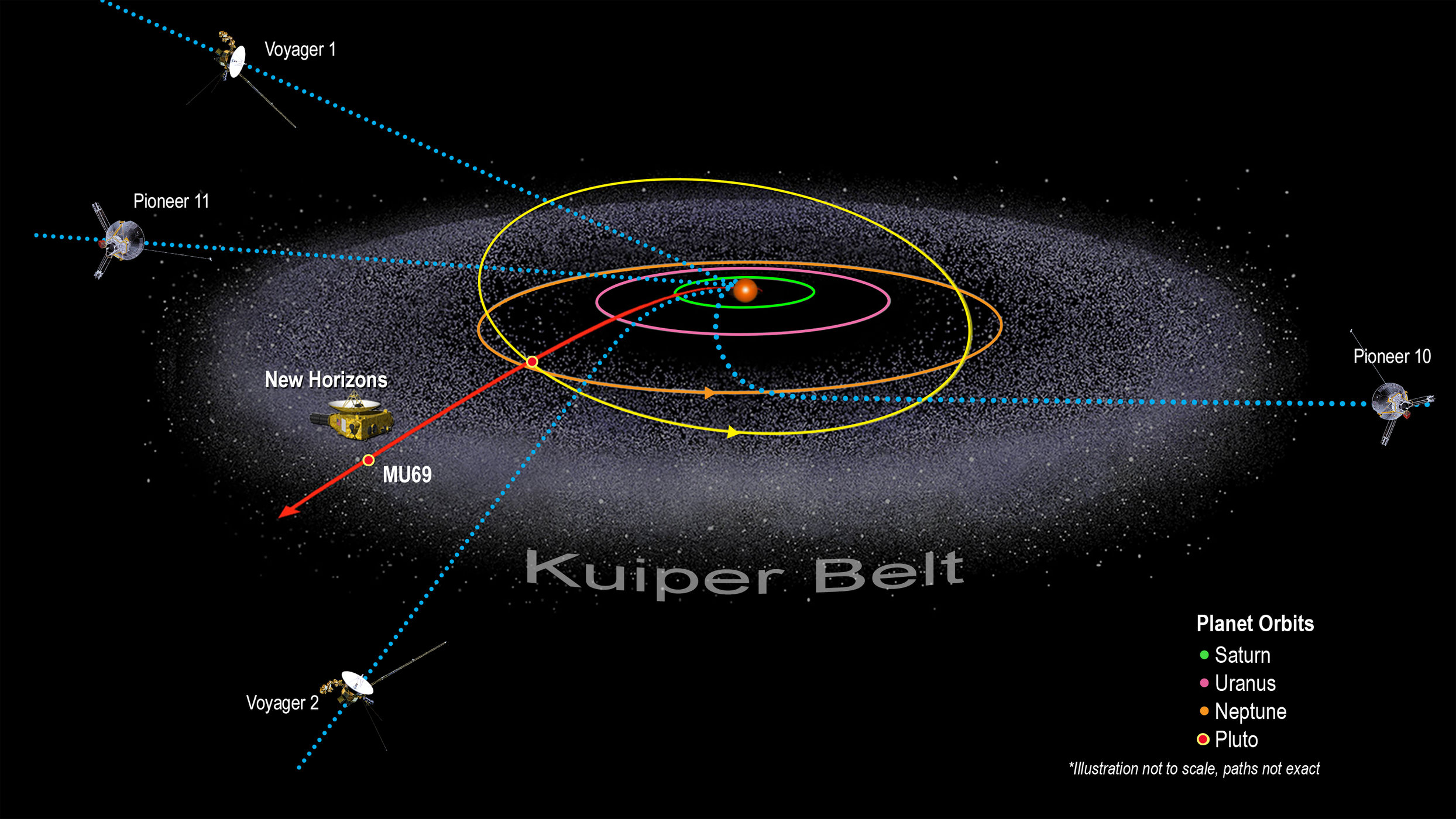
There is also NASA’s Interstellar Boundary Explorer (IBEX), a mission that explores that boundary too, but by remote sensing. NASA is also preparing the Interstellar Mapping and Acceleration Probe (IMAP), scheduled to launch in 2024, to further build on the Voyagers’ observations.
“Both Voyager probes are exploring regions never before visited, so every day is a day of discovery,” said Voyager Project Scientist Ed Stone, at Caltech. “Voyager is going to keep surprising us with new insights about deep space.”
Before leaving the Solar System, the Voyagers conducted a Grand Tour of the outer Solar System, sending back close-up images and data of Jupiter, Saturn, Uranus and Neptune, helping to revolutionize our understanding of these distant worlds.
Even after both probes eventually die, they will continue to silently navigate the space between our Solar System and the nearby stars, but they are not programmed to fly past any particular stars. Instead they will just drift alone through deep space, having accomplished their incredible missions of exploring the Solar System and beyond.
You can read more about the Voyager mission at the JPL website.
FOLLOW AmericaSpace on Facebook and Twitter!
Missions » New Horizons »



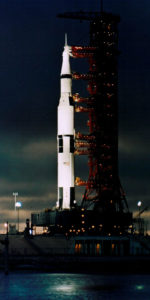

2 Comments
2 Pings & Trackbacks
Pingback:Shrinking Triton: Remembering Voyager 2's Encounter With Neptune, 30 Years On (Part 4)
Pingback:Shrinking Triton: Remembering Voyager 2’s Encounter With Neptune, 30 Years On (Part 4) « AmericaSpace